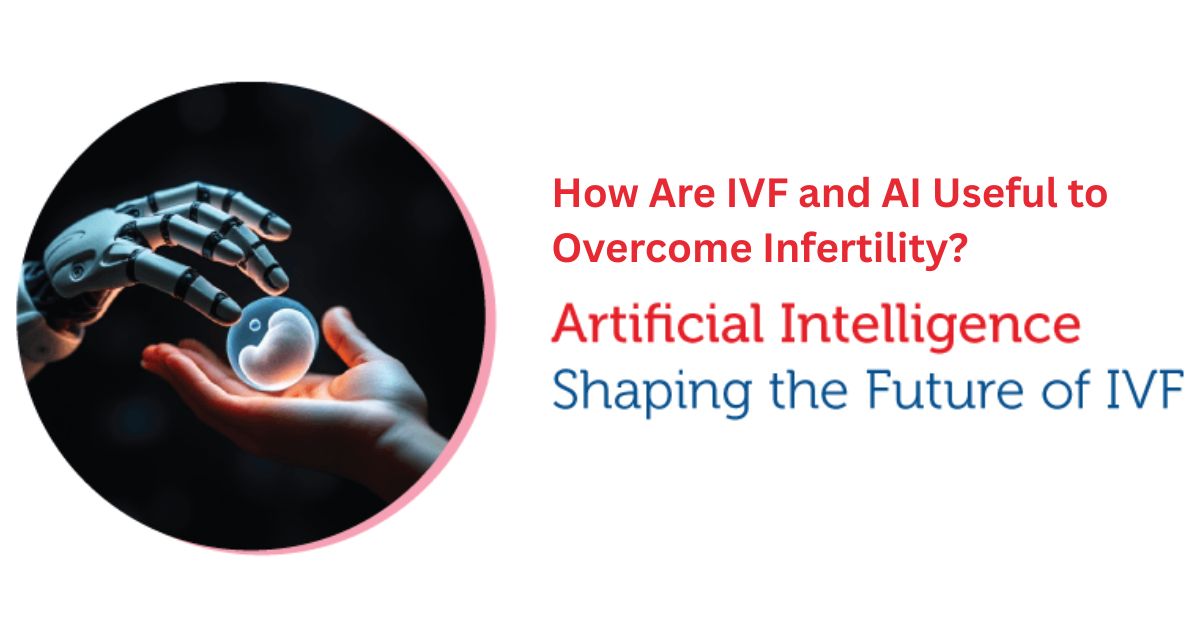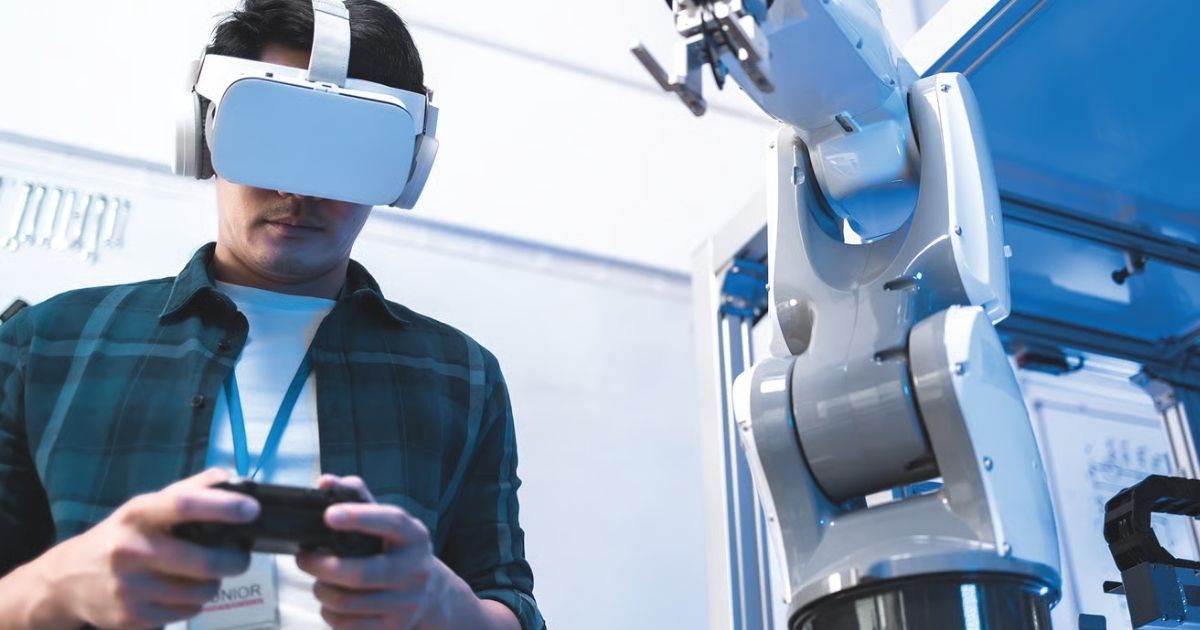In recent years, the intersection of technology and sports has produced many innovations that enhance the fan experience and improve player performance. However, one of the most pressing challenges faced by athletes, particularly in tennis, is the proliferation of online abuse.
The 2021 French Open saw tennis star Naomi Osaka withdraw, citing the negative impact of social media trolls on her mental health. This event spotlighted a growing concern: how can players be protected from the harmful effects of online harassment?

In response to this issue, Wimbledon took a groundbreaking step during its 2022 tournament by partnering with Anthropic, an AI safety startup. This collaboration aimed to deploy artificial intelligence to shield players from online abuse, making Wimbledon one of the first major sports events to adopt such advanced technology for content moderation.
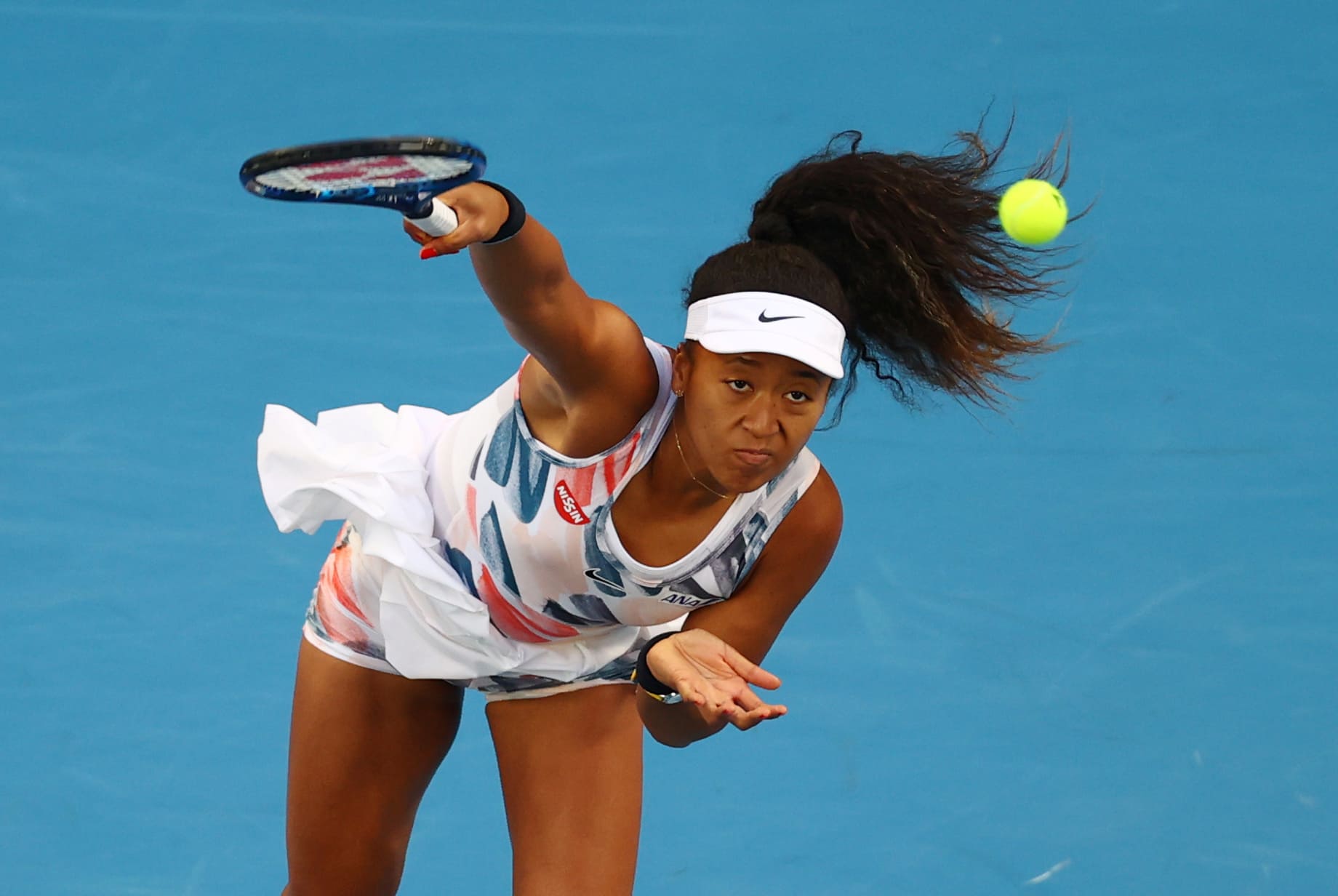
This blog will delve into the details of this initiative, exploring how AI was used to protect players, the broader implications for the sports industry, and the potential future of AI in online content moderation.
1. The Growing Threat of Online Abuse in Sports

The Reality of Online Harassment in Tennis
Online harassment has become a significant issue in sports, particularly for female athletes. The anonymity and reach of social media platforms have made it easy for trolls and abusers to target players with hateful comments. For tennis, a sport with a global fanbase and high visibility, the issue is especially pronounced.
Female players often bear the brunt of this abuse, with comments ranging from sexist remarks to threats of violence. Naomi Osaka's withdrawal from the 2021 French Open highlighted the severe impact such abuse can have on an athlete's mental health, bringing the issue into sharp focus for the sporting world.
The Need for Intervention
The need for intervention has never been more critical. While social media platforms have their own moderation tools, these are often inadequate in filtering out the sheer volume of toxic content. The mental toll on athletes, coupled with the potential impact on their performance, makes it clear that more robust solutions are necessary. Enter Wimbledon’s partnership with Anthropic, a move that signifies a proactive approach to addressing online abuse in the sports arena.
2. Wimbledon and Anthropic: A Strategic Partnership

Why Wimbledon Chose Anthropic
Wimbledon's decision to partner with Anthropic was not made lightly. Anthropic is known for its focus on AI safety and ethics, making it an ideal collaborator for such a sensitive task. The startup's expertise in developing AI systems that prioritize human safety and well-being was a crucial factor in Wimbledon's decision. The goal was not just to filter out abusive content but to do so in a way that respected free expression while protecting players from harm.
The Role of AI in Content Moderation
Anthropic’s AI tools were specifically designed to detect and filter comments on Wimbledon's social media platforms, including Facebook and Twitter. These tools were trained on large datasets of toxic content, enabling them to identify patterns and language commonly associated with abuse. The AI was not merely a blunt instrument for censorship; it was a nuanced tool that could distinguish between harmful comments and legitimate criticism or discussion.
3. How the AI System Works

Training the AI
The AI system deployed by Anthropic was trained on an extensive range of data, including various forms of abusive language, threats, and harmful speech. This training enabled the AI to recognize not only overtly abusive comments but also subtler forms of harassment.
The system's sophistication lies in its ability to understand context, which is crucial in distinguishing between a genuinely harmful comment and a benign one that might be misunderstood.
The Hybrid Human-AI Approach
One of the key features of this system is its hybrid nature. While the AI handles the initial detection and filtering of potentially abusive comments, human moderators are still involved in the final decision-making process.
When a comment is flagged by the AI as potentially abusive, it is passed on to a human moderator who reviews it and decides whether it should be hidden from public view. This approach ensures that the system does not overreach, maintaining a balance between player protection and free expression.
4. The Impact on Players and Fans
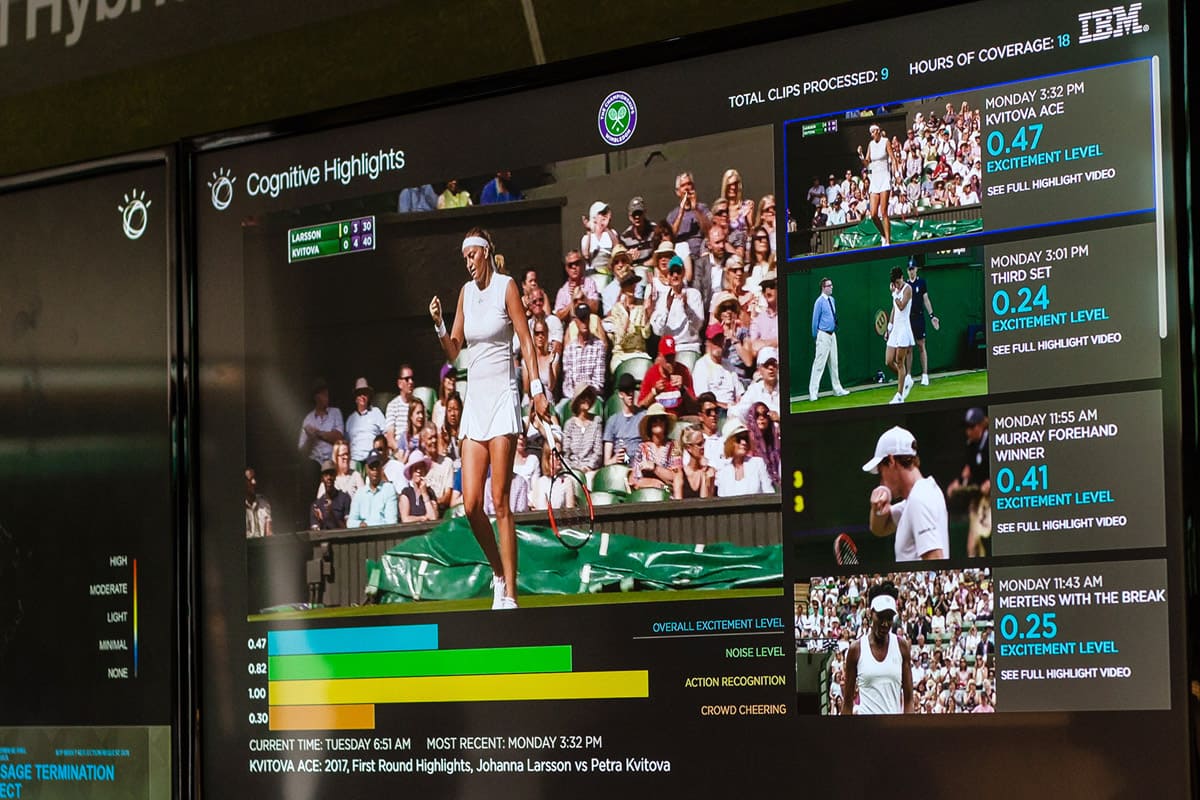
Protecting Players’ Mental Health
For players, the implementation of this AI system represented a significant step forward in safeguarding their mental health. Knowing that there is a system in place to filter out the most harmful comments can alleviate some of the stress associated with social media engagement.
While no system is perfect, the presence of such a tool provides an additional layer of protection, allowing players to focus more on their game and less on the potential for online harassment.
Fostering a Positive Fan Environment
For fans, the AI system also plays a crucial role in fostering a more positive and respectful environment. By filtering out abusive comments, the platform becomes more welcoming to constructive discussions and genuine expressions of support for players. This, in turn, enhances the overall fan experience, making it more enjoyable and inclusive for everyone involved.
5. The Broader Implications for the Sports Industry
A Model for Other Sports Events
Wimbledon's use of AI to combat online abuse sets a precedent for other sports events and organizations. As the first major tournament to deploy such technology, Wimbledon is leading the way in demonstrating how AI can be effectively used to protect athletes. This initiative could serve as a model for other sports, encouraging them to adopt similar measures to safeguard their players from online harassment.
The Future of AI in Sports
The successful implementation of AI at Wimbledon could mark the beginning of a broader trend in the sports industry.
As AI technology continues to evolve, its applications in sports could expand beyond content moderation to areas such as player performance analysis, injury prevention, and fan engagement. The potential for AI to transform the sports industry is immense, and Wimbledon's partnership with Anthropic is just the beginning.
6. Challenges and Considerations

Balancing Free Expression with Protection
One of the main challenges in deploying AI for content moderation is finding the right balance between protecting players and preserving free expression. While the AI system is designed to filter out harmful comments, there is always the risk of over-censorship.
Ensuring that legitimate criticism and discussion are not stifled is essential for maintaining the integrity of the platform. This is where the hybrid human-AI approach becomes crucial, allowing for nuanced decision-making that considers the context of each comment.
The Limits of AI
Despite its capabilities, AI is not infallible. There are limits to what AI can achieve in content moderation, particularly when it comes to understanding the subtleties of human language and context.
While the AI system deployed by Anthropic is highly sophisticated, there will always be instances where human judgment is necessary. Recognizing these limitations is important in managing expectations and continuously improving the system.
Check out the alternative option here >>>> Response AI <<<<
Final Thoughts
Wimbledon's partnership with Anthropic represents a significant step forward in the fight against online abuse in sports.
By leveraging AI technology to protect players, Wimbledon has set a new standard for how sports organizations can address this pervasive issue. However, this is just the beginning.
The success of this initiative will depend on ongoing refinement and adaptation, as well as the willingness of other sports organizations to follow suit.
As AI continues to develop, its role in sports will likely expand, offering new opportunities to enhance both player and fan experiences.
For now, Wimbledon’s use of AI to combat online abuse serves as a powerful example of how technology can be harnessed to create a safer, more respectful environment for athletes and fans alike.
The future of sports may well be defined by how effectively we can integrate these technologies to promote fairness, inclusivity, and well-being for all participants.

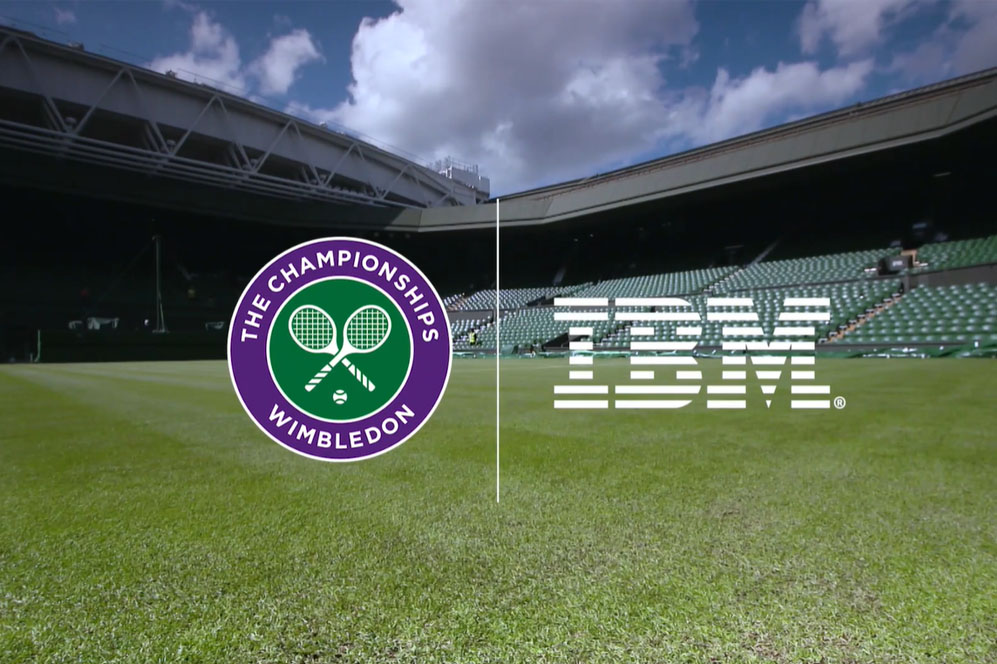






.jpg)

